Buy or gift a stand-alone digital subscription and get unlimited access to dozens of back issues for just £18.99 / $18.99 a year.
Please register at www.exacteditions.com/digital/cornucopia with your subscriber account number or contact subscriptions@cornucopia.net
Buy a digital subscription Go to the Digital EditionAt Tuzla Yacht Club’s delightfully eccentric boatyard, Harun’s Paradise, you can eat in splendid isolation or delightful company. After lunch, sail out into the Marmara in one of the Club’s 12-foot dinghies.
The garden of Rıfat Edin stands on the south shore of Tuzla Bay, in the southern suburbs of the Asian side of Istanbul. Approached from the sea, it looks like an unusually crowded and aesthetically aranged boatyard – dozens of old wooden hulls in various states of repair stand on trestles, wrapped in plastic. Tethered to a pier, a clutch of newly varnished wooden dinghies bob like a flock of restless seabirds. But the usual boatyard clutter of oars, rudders, floorboards, buoys, masts and anchors is interspersed with bits of antique statuary, an artfully placed wrought-iron table, and antique iron oil lamps. Walk a little further among the trees and you will see that the garden is in fact a collection of buildings, pavilions and intriguing gathering places.
Walk a little further among the trees and you see that the garden is in fact a collection of buildings, pavilions and intriguing gathering places. By the sea stand several open-air arrangements of teak chairs; further back are terraces equipped with slightly drooping sofas and a glassed-in pavilion dominated by a magnificent Ottoman hearth. Surrounding the whole is a series of small higgledy-piggledy houses. In the centre of the ensemble is a four-storey tower built of scrap timber topped by the master’s bedroom – from which a white curtain billows in the breeze like a sail.
The Edin house-cum-garden-cum-boatyard was once a monastery on the shores of a medieval harbour. In Captain Francis Beaufort’s 1817 Admiralty Chart of the Marmara Sea, the breakwater – which still stands – is labelled as “Genoese harbour”. The Edin family bought the plot in the 1960s as a ramshackle retreat from the city. Rıfat and his family would sail down to Tuzla in dinghies for picnics from their main house in the Asian coastal suburb of Erenköy. It was the start of Edin’s lifelong obsession with small boats – most notably, with a British-designed class of wooden sailing dinghy named, with robust Edwardian directness, the 12-foot dinghy…
The 12-footer was originally designed by George Cockshott, an amateur boat-builder from Southport, in 1905. Big enough for two adults, clinker-built of mahogany with an ingenious, almost vertical gaff weighing only 105 kilos, it’s a remarkably nippy little craft. Not as nippy, of course, as the modern Lasers or Toppers, which are more like surfboards than boats and designed to capsize at least once every 20 minutes. But still, the 12-footer is a fast little boat that one could nonetheless sail while wearing a jacket and tie, with ample room for picnic baskets and small children. Twelve-footers (TFDs) were so popular that they became an Olympic sailing class in the 1928 Amsterdam Olympics. (Indeed the craft still has an avid Dutch following to this day.)
Several found their way to Istanbul. One was owned by the Dirvana family and parked at their home, the Kıbrıslı Yalı on the Bosphorus. Others were still being sailed by old men at the Erenköy sailing club in the 1970s – though they wouldn’t let the young Rıfat Edin sail their precious antiques. But the modern history of the 12-foot dinghy began when Selim Dirvana found a complete set of original blueprints in the family archives and gave them to Edin, who had a brand-new one made in Bodrum. Thirty more have followed, all produced by a handful of boat-makers in Bodrum and Tuzla to rigorous specifications – down to the mandatory copper rivets. Modern versions range in cost from 7,000 euros for a Turkish one to 25,000 for a Dutch-built model. Fellow 12-footer enthusiasts were found in Portofino and Holland – enough for an annual international 12-foot dinghy championship that has been running since 2008 – the final leg is always in Istanbul. The prize is a silver cup originally owned by George Cockshott and presented to Edin by a descendant of Cockshott’s who lives in North Cyprus and is, like his illustrious ancestor, also in the boat trade.
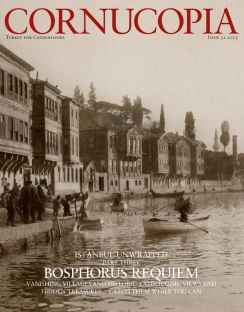
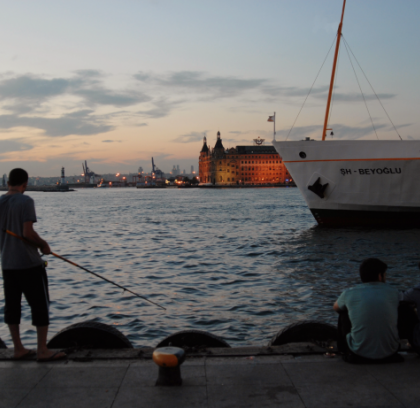
Contributions by Andrew Finkel, Harriet Rix, Tim Cornwell et al. Photographs by Monica Fritz, Brian McKee, Fritz von der Schulenburg
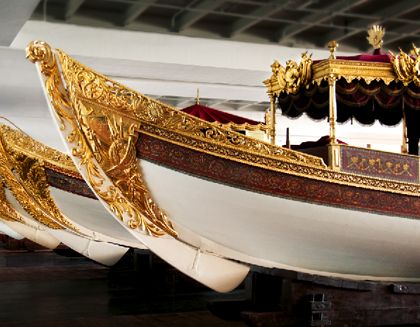
by Gencer Emiroğlu with photographs by Fritz von der Schulenburg
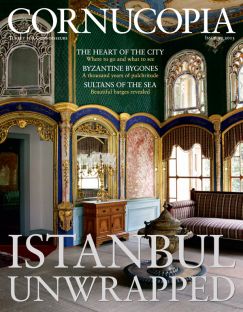
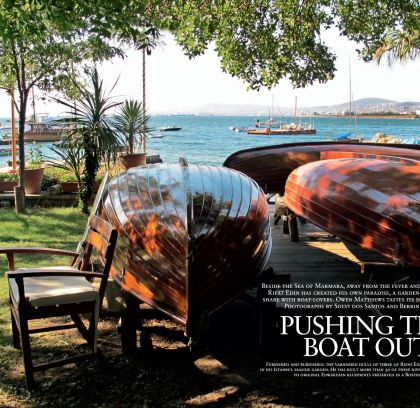
A boat-lovers’ garden of delights
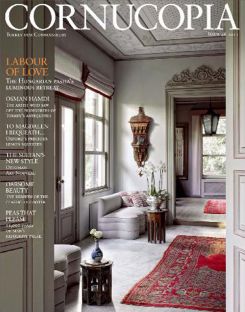
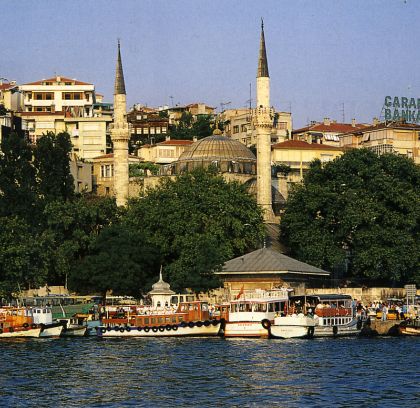
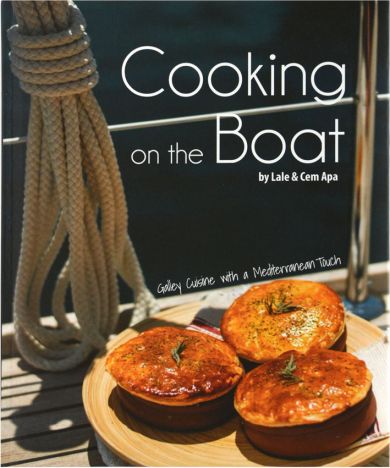
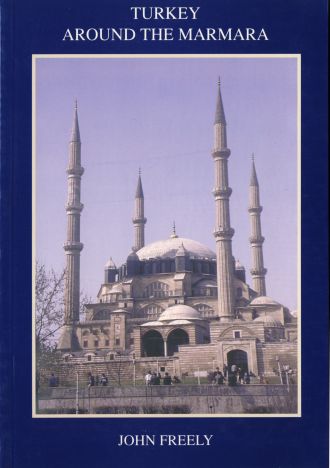
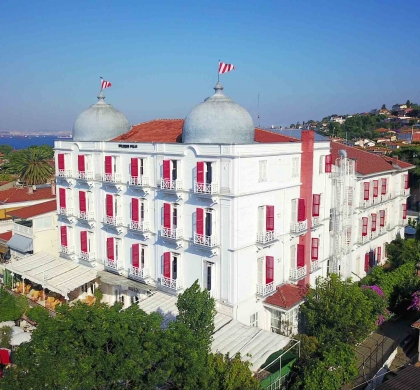
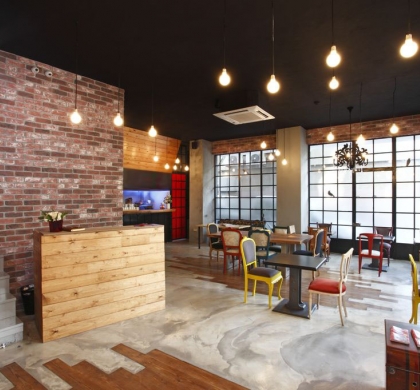
 Issue 66, December 2023
Turkey’s Centenary Issue
Issue 66, December 2023
Turkey’s Centenary Issue

Cornucopia works in partnership with the digital publishing platform Exact Editions to offer individual and institutional subscribers unlimited access to a searchable archive of fascinating back issues and every newly published issue. The digital edition of Cornucopia is available cross-platform on web, iOS and Android and offers a comprehensive search function, allowing the title’s cultural content to be delved into at the touch of a button.
Digital Subscription: £18.99 / $18.99 (1 year)
Subscribe now